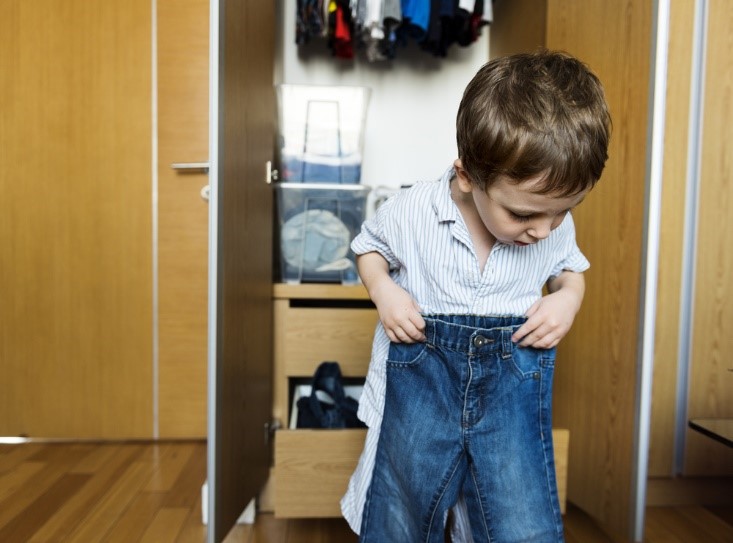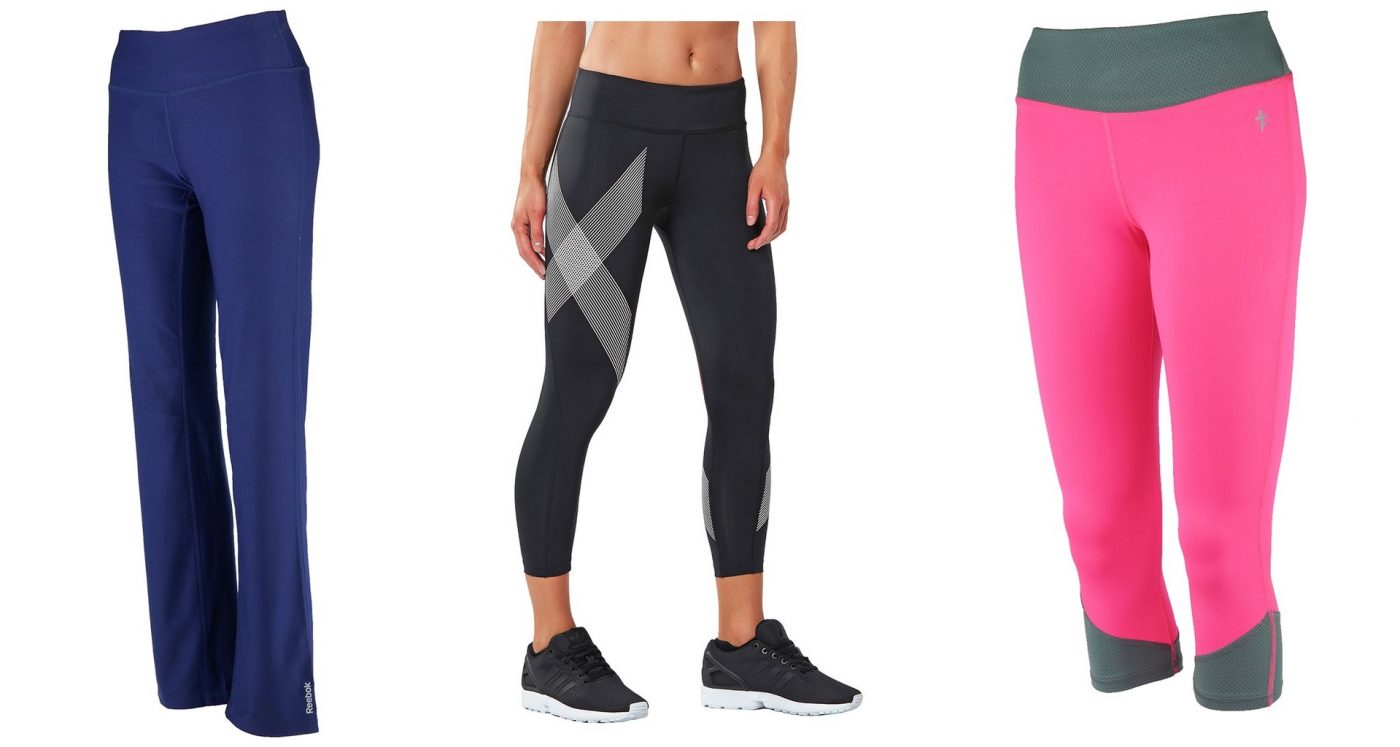One minute you’re gently putting an infant into an adorable and carefully chosen outfit and the next minute you’ve got a three-year old who is dragging everything out of the bottom dresser drawer and piling it all on. Whether it matches or not — and it probably doesn’t — and whether it’s inside out or upside down, appropriate for the season or otherwise, it’s the beginning of self-sufficiency and a definite sign of things to come.
Most toddlers begin the march to self-determined sartorial splendor by taking things off. Shoes, socks, pants, whatever and wherever. The undressing is easier than dressing, of course, and kids often get the hang of it by the time they’re 18 months old. You can be putting on one shoe while they’re taking off the other. And if you leave the room for a minute, you might come back to find your toddler smiling up at you and wearing nothing at all. What fun for both of you!
By the time they’ve passed their second birthdays, kids have begun developing a sense of self and of their own personal belongings. Not only does this manifest itself in the cry of “it’s mine!” that we so dearly love to hear when we’re in the midst of explaining why it would be nice if your son or daughter let a sibling share a toy, but it’s displayed in the way they start to express interest in their own clothes.
It’s the beginning of independence, and a single-minded two- or three-year old can be quite adamant about wanting to wear the blue jeans rather than the corduroys or insistent on wearing a party dress to pre-school.
If it hasn’t happened in your house (yet), take a look around the next time you’re at Target, for example. Check out how many little girls are wearing tutus or fairy wings over their more mundane play clothes and how many little boys are trailing Superman capes. Fantasy dress-up isn’t just for Halloween anymore. And in this often difficult world, it does brighten things up. In fact, hasn’t there been a day when you wished you could put a tiara on your head before you went out to the supermarket?
More importantly, when children start putting on their own clothes, they’re learning to master a variety of motor skills as well as developing toward psychological and emotional milestones. These include:

- Gross motor skills. These are the skills that involve the large muscles in the arms, torso, legs and feet. Babies begin to use them when they learn to roll over, sit up, crawl and grip things. In self-dressing, they expand those skills by learning to coordinate their arms to put them into shirt sleeves, their legs to put on pants and their feet and bodies to balance themselves while they’re getting dressed.
- Fine motor skills. These are the more delicate motions that, among other things, involve fingers, hands and wrists. Young children refine these skills as they learn to use buttons, zippers, shoelaces and Velcro closures.
- Cognitive skills. These are the skills that involve using your brain to think, to reason, to pay attention and to learn. When children dress themselves, they’re beginning to understand what goes where and in what order, and why it might be useful to wear a sweater rather than a swimsuit in January.
- Psychological and emotional development. Dressing themselves gives children an opportunity to experience doing things independently and gain a feeling of accomplishment that leads to a sense of self-worth that carries through a lifetime. That’s why you should try never to criticize or fall over laughing at the outfit your son or daughter has put together, even if you have to bite the inside of your cheek to avoid it. Use some gentle suggestions if you must, but otherwise, what’s the harm if your toddler’s shirt is on backwards?
Costumes aside, so many kids’ clothes these days seem to be made for fun, and they make it all that much more fun for children to dress themselves. Brightly striped tights and socks, fanciful prints, accessories that sparkle and shine, stylish headgear and the all-important kids’ light-up shoes that boys and girls love to wear.
Chic neutrals and subtle patterns may work for you, but when it comes to buying clothes for your kids, think about what they’d most enjoy dressing themselves in, and go for it. As for that tiara, what’s the worst thing that could happen if you wore it the next time you ran out to the store for milk?




